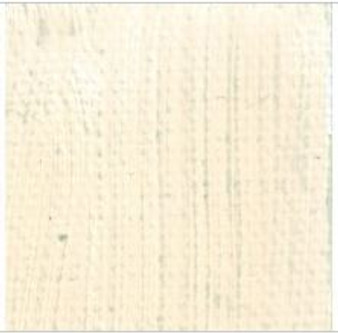Product Description
Often called the first of the modern or artificial pigments, Prussian blue was introduced in the early part of the nineteenth century. A German color maker or dyer in Berlin named Diesbach accidentally discovered the black-blue of Prussian blue in 1704, thinking that his pigment would be red since it was made from cattle blood. Prussian blue was the earliest of the modern synthetic colors. After its discovery in 1704, Diesbach spread the manufacturing process of his pigment on to his pupil, de Pierre, who in turn began manufacturing Prussian blue in Paris. Simon Eikenlenberg, a Dutch painter wrote about Prussian blue in his Notes on Paint and Painting in 1722. By 1724, the manufacturing process of the pigment had spread to England and appeared in an artists' manual by Woodard. In The Handmaid to the Artists, Dossie quoted the preparation of Prussian blue in its entirety in 1764.
Also known as Berlin blue, Paris blue, Antwerp blue, and Chinese blue, Prussian blue is the earliest modern synthetic color. (Gettens, 149-151) It is a complex chemical compound, ferric ferrocyanide (Fe4(Fe[CN]6)3), first mentioned in 1710, but its preparation was kept secret until 1724. A London manufacturer named Wilkenson began production, and gradually more and more color firms followed suit. By 1750, Prussian blue must have been well known all over Europe. (Gettens, 151) Long before that, however, Prussian blue was in use in the United States.







